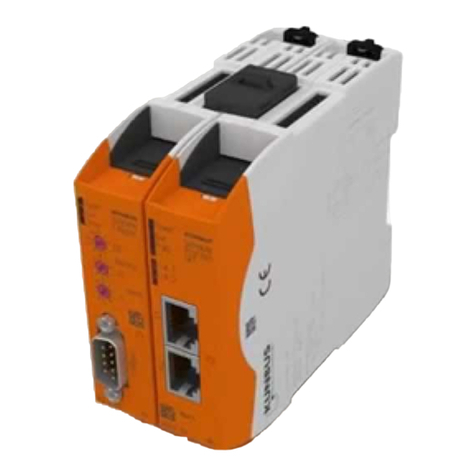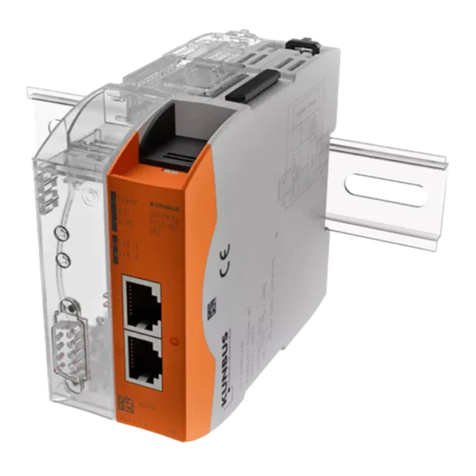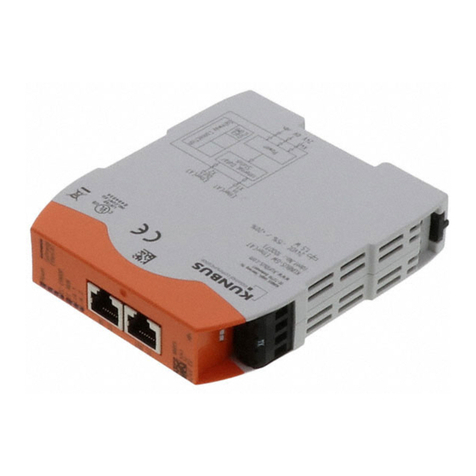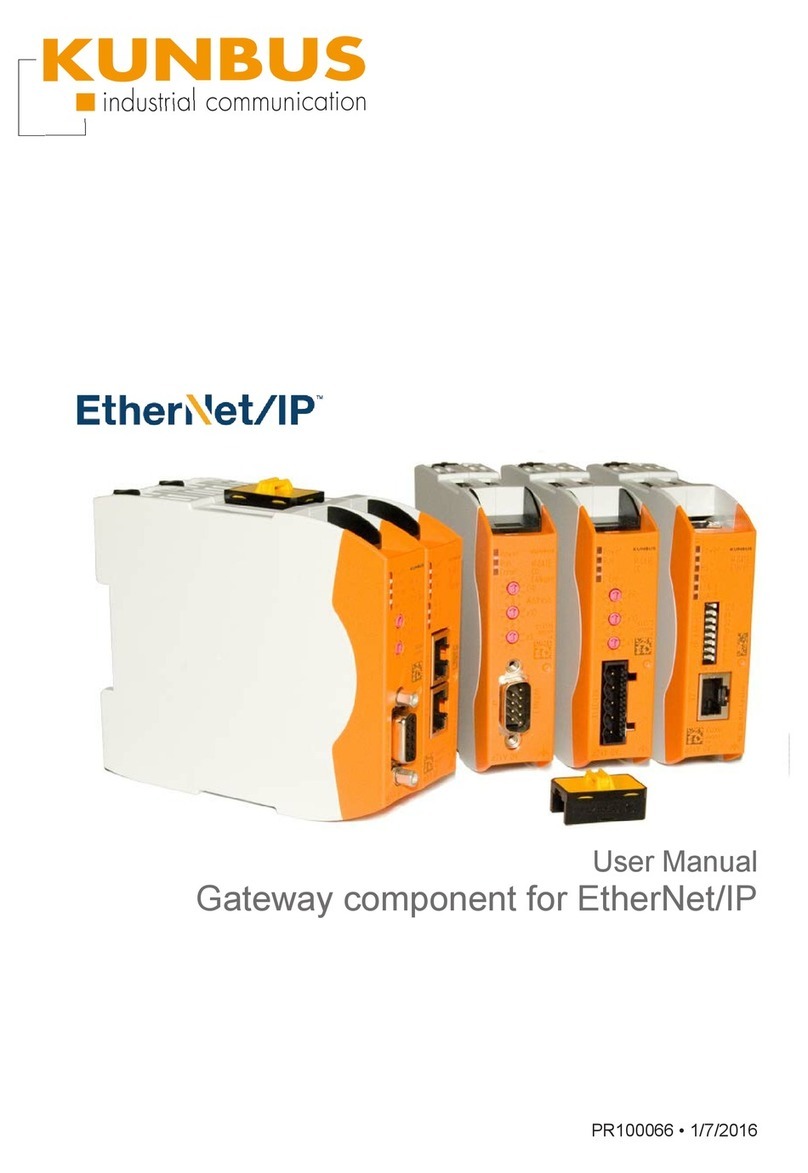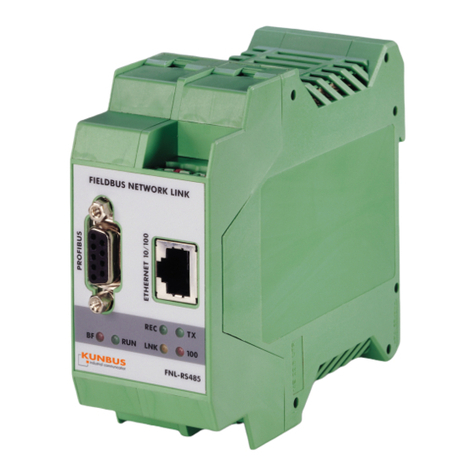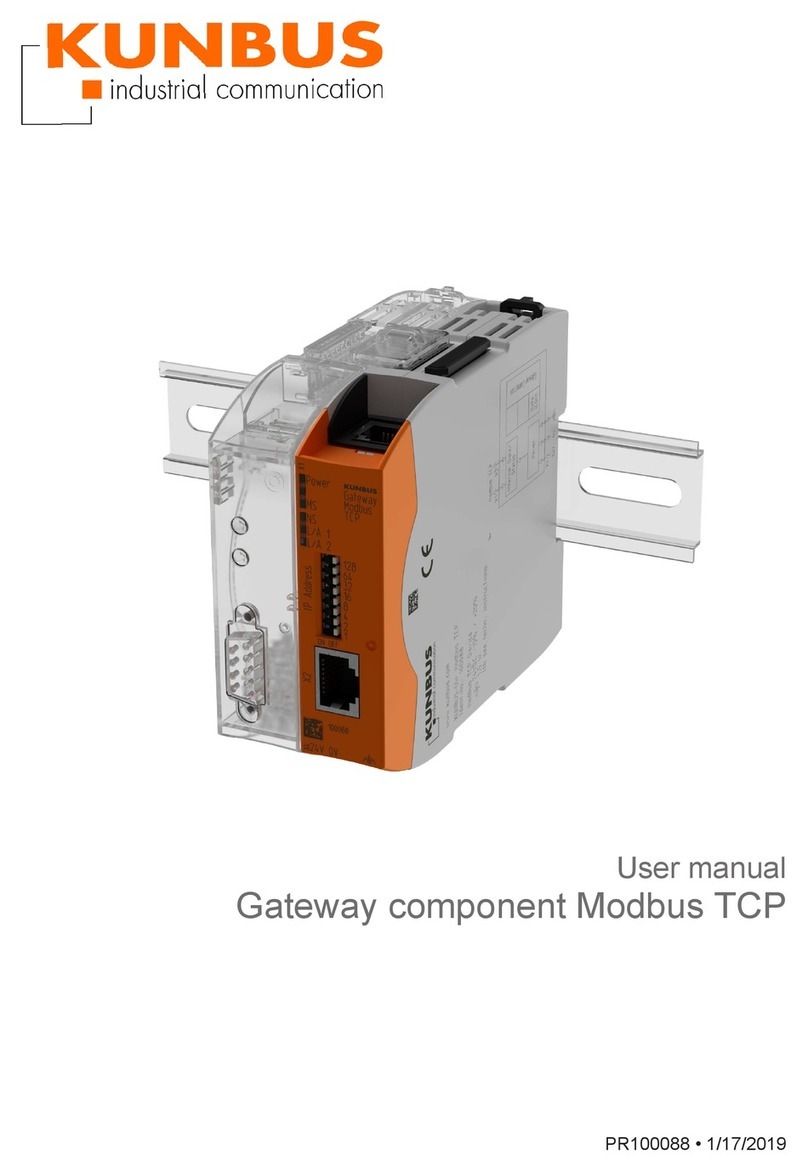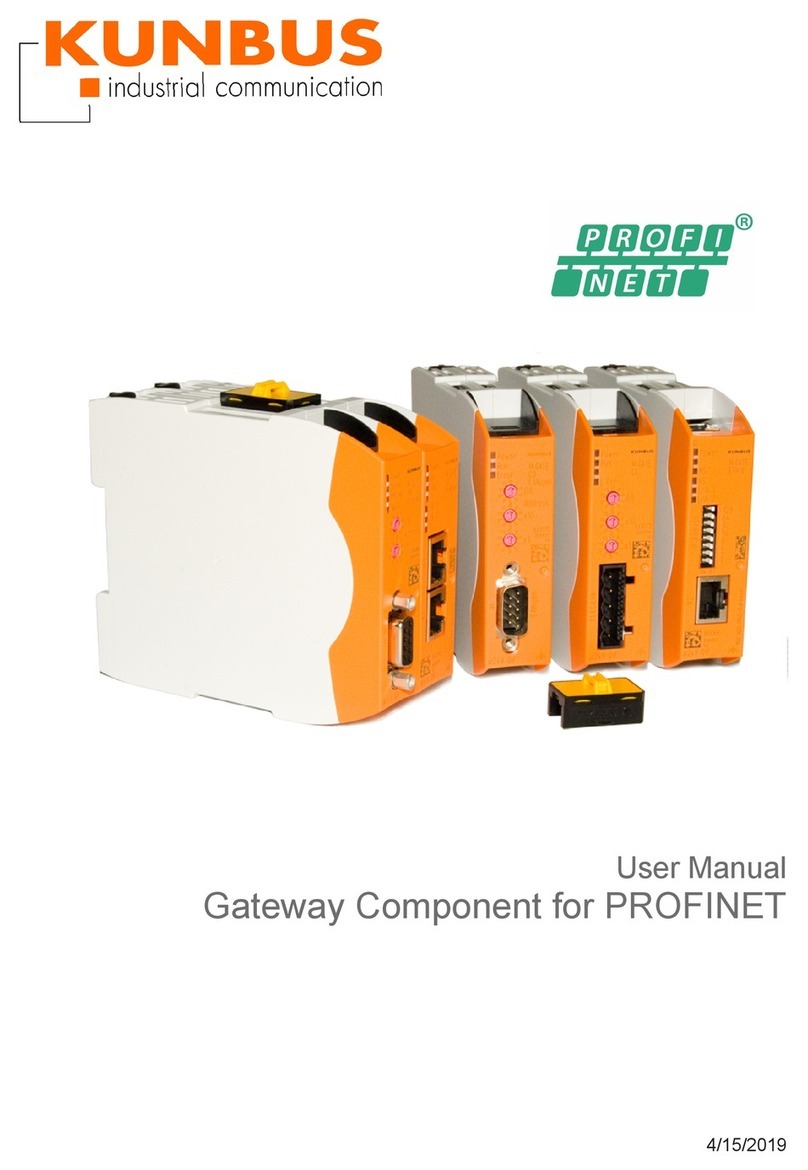KUNBUS GmbH
ii XPS-E
1 Working with XPS ...........................................................................................................................3
1.1 Validity .......................................................................................................................................3
1.2 User ...........................................................................................................................................3
1.3 Symbols.....................................................................................................................................3
1.4 Safe Work..................................................................................................................................4
1.5 Limitation of Liability ..................................................................................................................5
1.6 Customer Service ......................................................................................................................5
2 Introduction .....................................................................................................................................6
3 Put into operation ...........................................................................................................................7
3.1 Connect the Gateway ................................................................................................................7
3.2 Test the PROFIBUS connection................................................................................................8
3.3 Parametrization .........................................................................................................................9
3.4 set_prm Parametrization .........................................................................................................10
4 Data exchange...............................................................................................................................15
4.1 Send Data................................................................................................................................15
4.2 Receive Data ...........................................................................................................................15
4.3 Send and Receive Data...........................................................................................................24
5 Status and Error Messages..........................................................................................................25
5.1 External Device Diagnostics....................................................................................................25
5.2 Communication Status ............................................................................................................26
6 Connector Assignment and Cabling ...........................................................................................27
6.1 PROFIBUS ..............................................................................................................................27
6.2 Serial Interface ........................................................................................................................29
7 FAQ.................................................................................................................................................32
8 Technical Data...............................................................................................................................33
